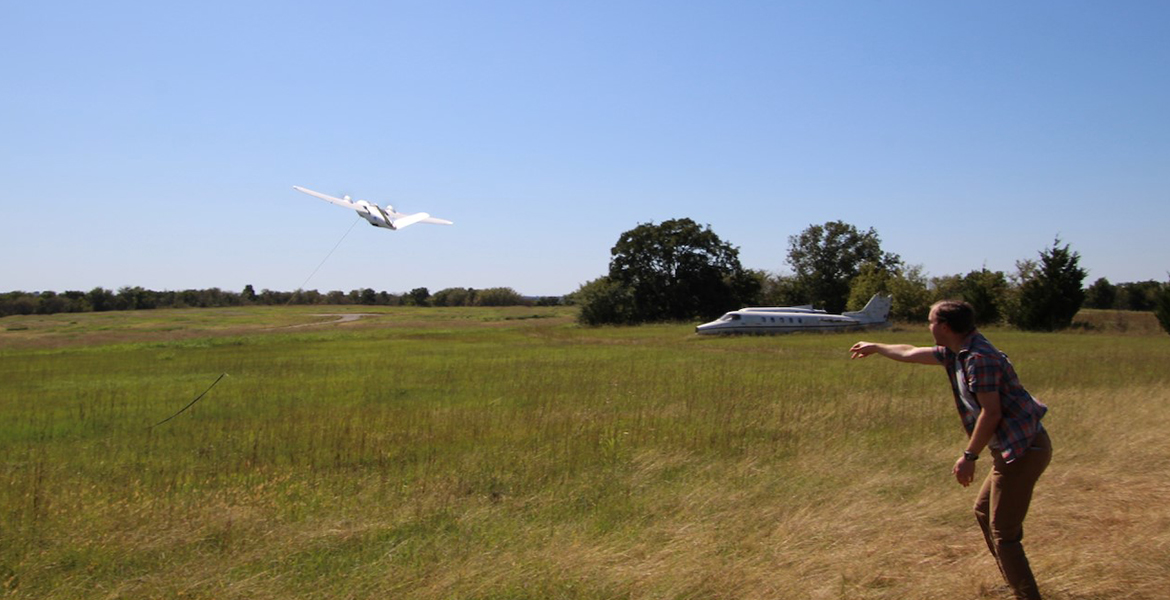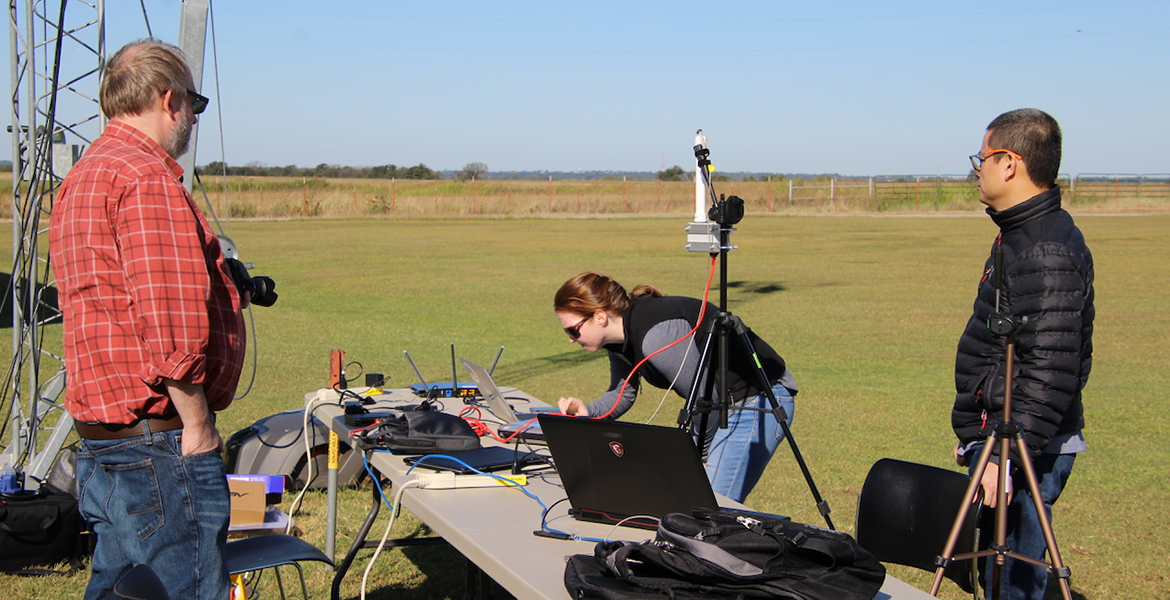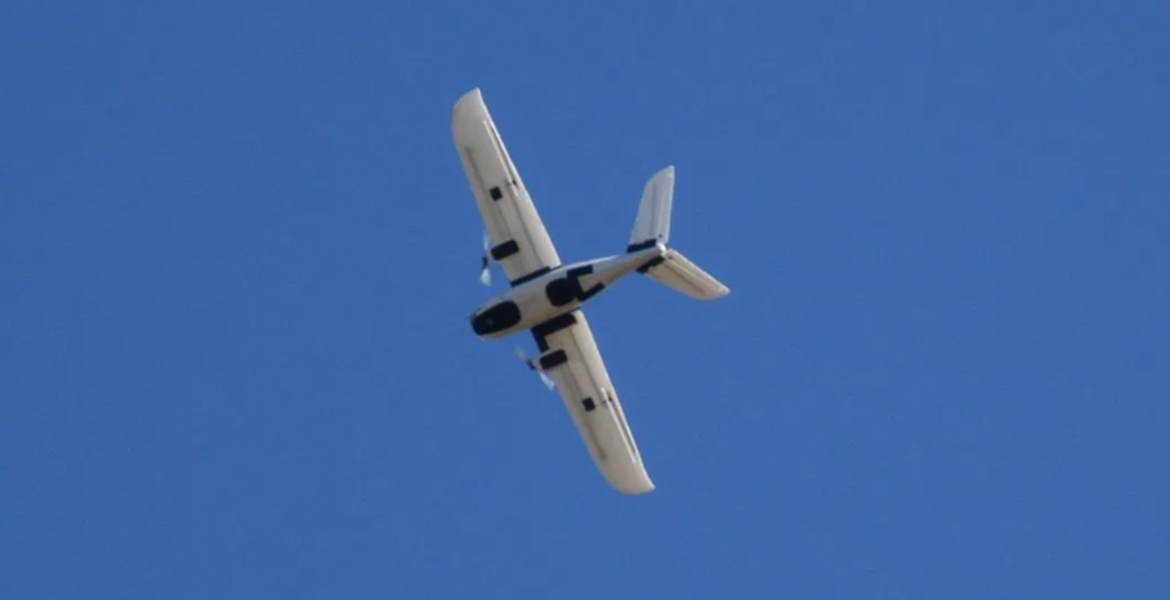
Vigilant Aerospace demonstrates FlightHorizon 2 in autonomous 18 mile flight with OSU
Thursday, October 10, 2019
On October 8, 2019, Oklahoma State University (OSU) and Vigilant Aerospace Systems (Vigilant) conducted a demonstration flight utilizing OSU’s 13-mile beyond visual line-of-sight (BVLOS) corridor east of Stillwater, Oklahoma.
The demonstration was used to evaluate BVLOS capabilities and to demonstrate Vigilant's latest FlightHorizon software which provided airspace situational awareness throughout the flight.
The demonstration flight was fully autonomous and covered over 18 miles.
The flight was the first full exercise of the FAA-authorized 13-mile unmanned aircraft system (UAS) flight corridor located in central Oklahoma. The flight was also a major field test for FlightHorizon 2, the latest version of Vigilant Aerospace's award-winning airspace management and active detect-and-avoid (DAA) system.
The flight started at OSU’s Center for Forensics Explosives range near Pawnee, Oklahoma and culminated in an autonomous landing at OSU’s Unmanned Aircraft Flight Station in Glencoe, Oklahoma.

"The unmanned aircraft industry's top needs continue to be autonomous safety systems, on-board detect-and-avoid solutions and better airspace management. This flight allowed us to make progress on all three by demonstrating our system's capabilities over a much longer duration and distance, while providing active alerting and airspace visualization to the pilot and observers," said Kraettli L. Epperson, CEO of Vigilant Aerospace.
"These demonstration flights are critical milestones in the development of the industry and our partnership with OSU provides our company access to some of the top students, researchers and facilities in the U.S.," said Epperson.
The results from the flight provided a proof of concept for Vigilant's Unmanned Traffic Management (UTM) capabilities currently in research and development, and will provide the basis for initial deployment of UTM capabilities utilizing FlightHorizon.
The analysis of results from the demonstrations will also provide an understanding of the capabilities of autonomous UAS operations and provide data necessary for additional use cases.
"This flight and the team of OSU research engineers and students and Vigilant Aerospace staff who conducted it represent a forward-looking approach to utilizing public-private partnerships to rapidly advance the technology and bring innovations to market," said Jamey Jacob, Director of the OSU Unmanned Systems Research Institute (USRI) and John Hendrix Chair Professor in Mechanical and Aerospace Engineering.
The flight was conducted with a twin-motor UAS flying below 400 feet AGL and was conducted under an FAA Certificate of Authorization (COA) with a visual observer. The COA, released by the FAA in December 2018, allows for the waiving of rules requiring drone pilots to keep their aircraft continuously in line-of-sight and also provides additional operating altitude.

The COA allows OSU and commercial research and development partners, like Vigilant Aerospace, to pioneer new unmanned flight technologies, safety systems and processes to advance the state of the UAS industry.
This flight authorization is well suited to the development and demonstration of systems for safe BVLOS flights over long distances, which are critical for monitoring crucial assets like oil and gas well sites, pipelines, wind and solar farms, storage tanks, power lines, farms and ranches, and roads and bridges.
Using its FlightHorizon 2 software, Vigilant Aerospace provided airspace situational awareness, detect-and-avoid and air traffic visualization for the flight. The software tracked dozens of manned aircraft across central Oklahoma during the flight and provided real-time alerting to the visual observer and pilot-in-command.
Vigilant Aerospace intends to conduct additional test and demonstration flights over the next several months, incorporating multiple radar units and additional telemetry data with the goal of developing new ground-based and on-board safety systems for unmanned aircraft.
About the OSU Unmanned Systems Research Institute
The Unmanned Systems Research Institute at Oklahoma State University is dedicated to accelerating innovation across a spectrum of activities that span discovery, design and delivery of new unmanned systems technology. The Institute is designed to be a transformational integrative forces across OSU, bringing together interdisciplinary efforts to advance unmanned systems research and education. To learn more, visit the USRI website at https://unmanned.okstate.edu/.
RELEASE CONTACT: Kristi Wheeler | CEAT Marketing | 405-744-5831 | kristi.wheeler@okstate.edu
